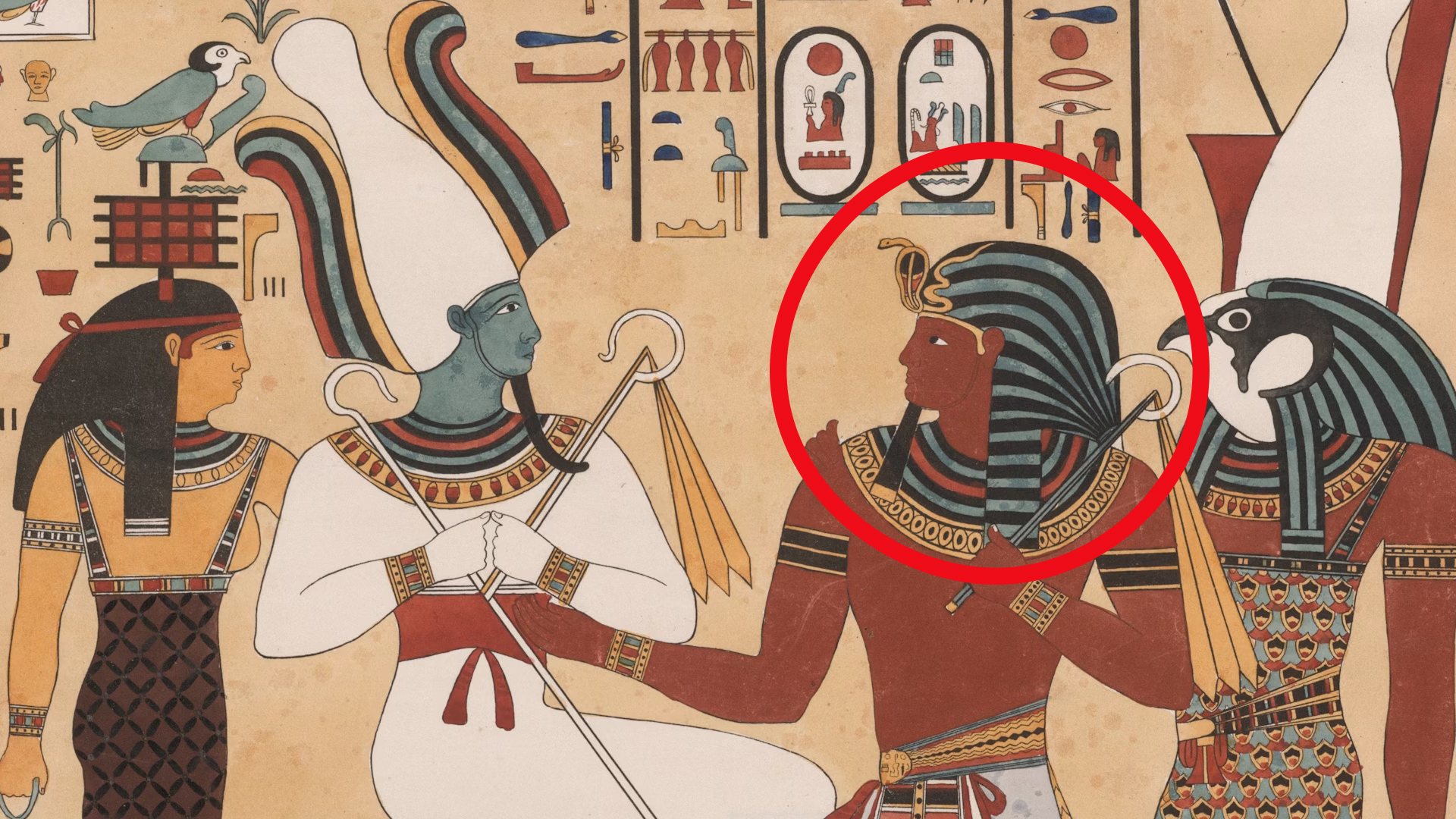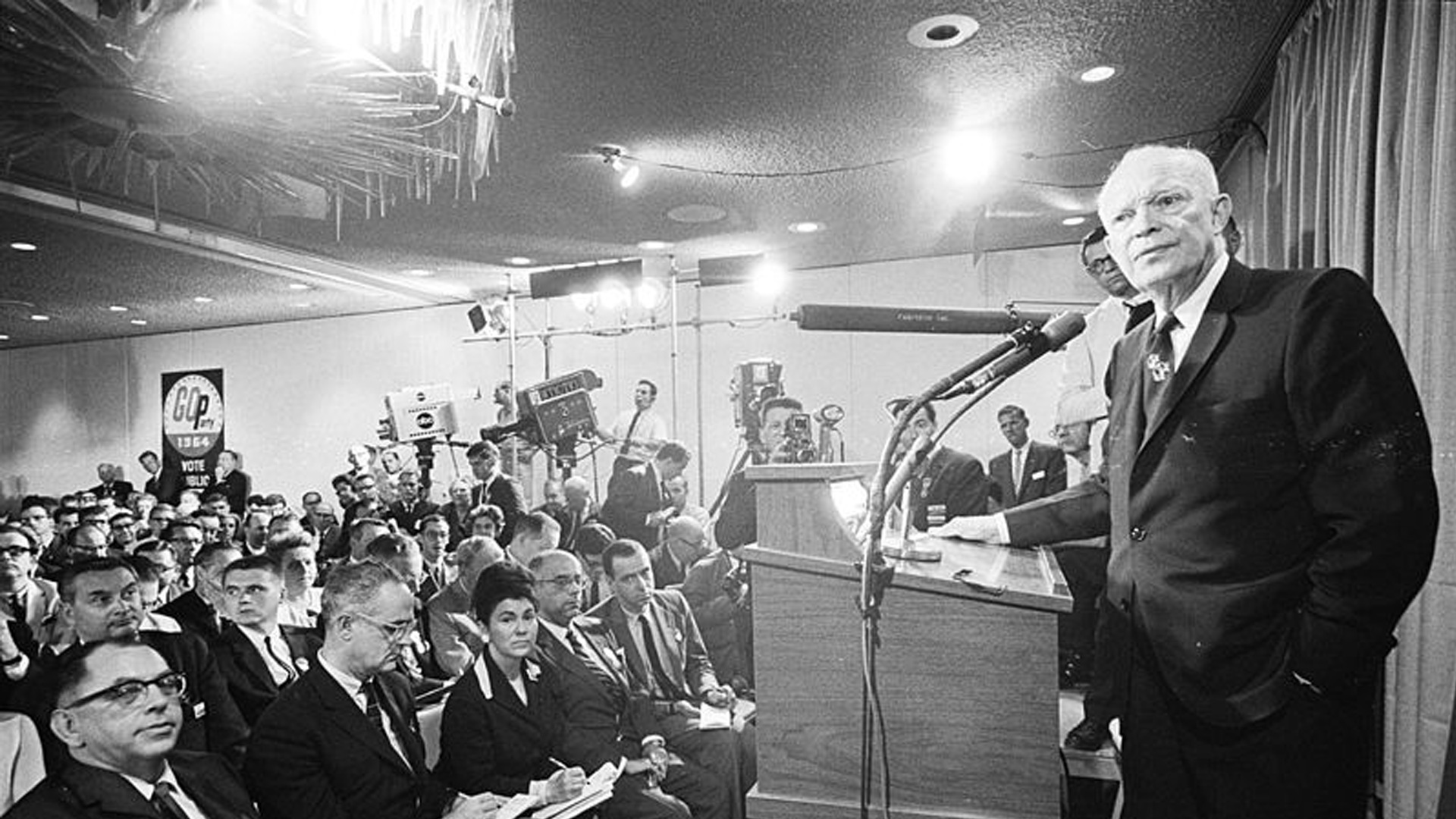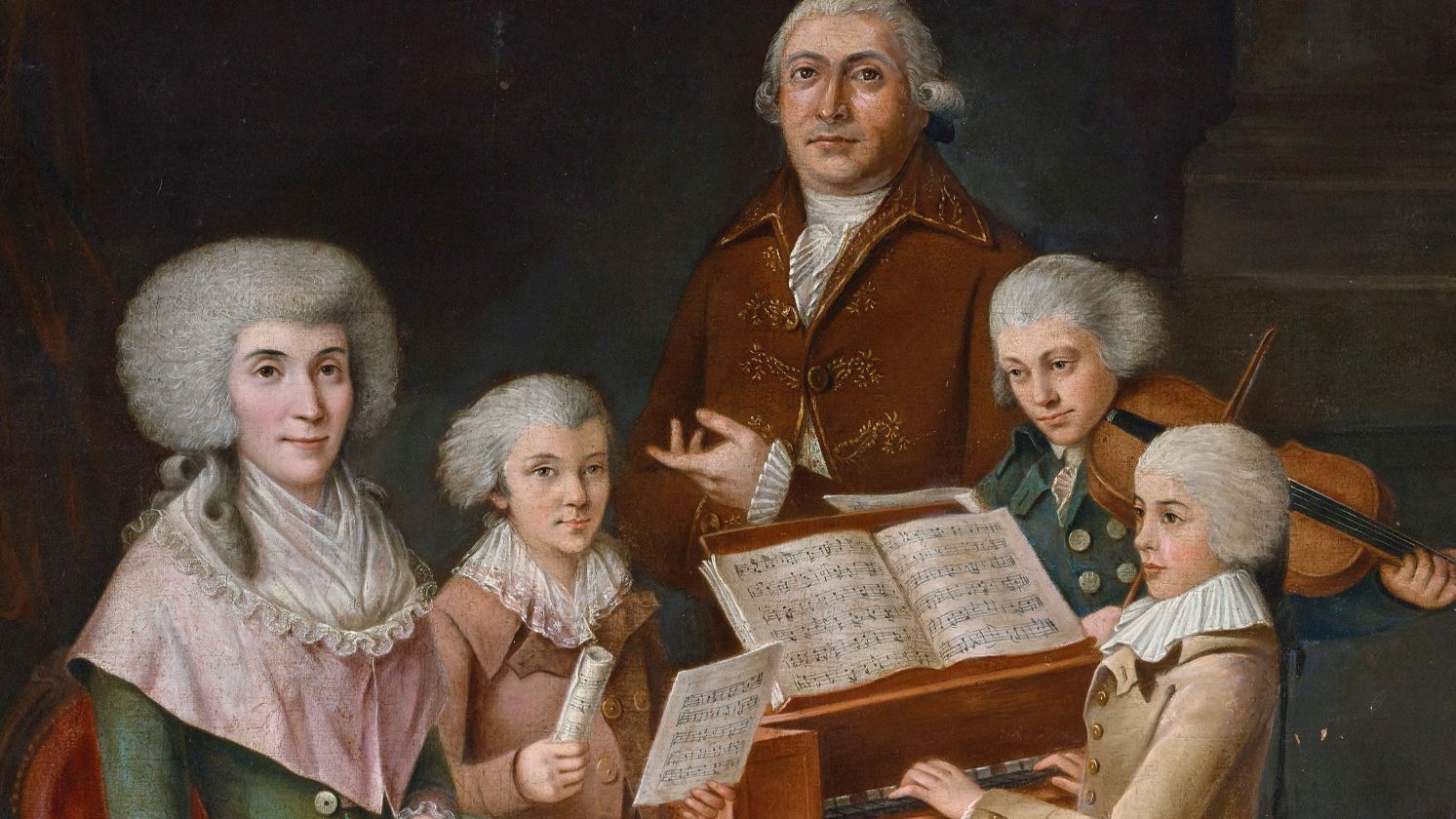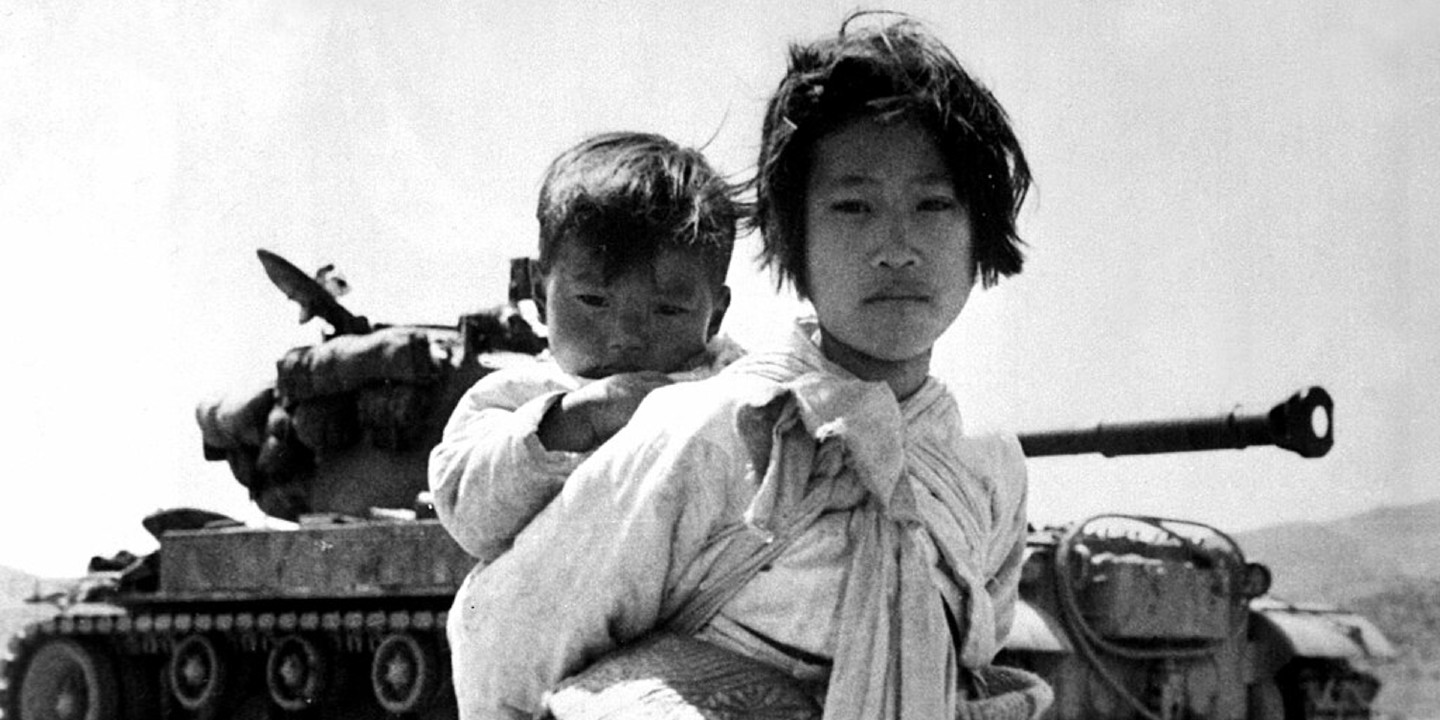Brushstrokes With A Backstory
Originality gets a lot of credit in the art world, but plenty of artists have made their names by quietly helping themselves to someone else’s ideas. Not in a dramatic heist sort of way—just a composition that looks oddly familiar if you squint. In some cases, it was flattery with a side of opportunism. In others, it was a creative shortcut, wearing a confident expression. So, here are 20 artists who used others’ blueprints and got away with it anyway.
 Roger H. Goun from Brentwood, NH, USA on Wikimedia
Roger H. Goun from Brentwood, NH, USA on Wikimedia
1. Roy Lichtenstein
Roy Lichtenstein built his fame on near-exact replicas of comic book panels, including art by Tony Abruzzo. His 1963 painting Whaam! mirrors a scene from All-American Men of War. Despite accusations, he argued that changing the scale and context justified the work.
 Gotfryd, Bernard, photographer on Wikimedia
Gotfryd, Bernard, photographer on Wikimedia
2. Shepard Fairey
Long before it hung in museums, Shepard Fairey’s Obama “Hope” poster was traced from a news photo by Mannie Garcia. He denied the source at first, later confessed, and faced a lawsuit from the Associated Press. The case ended with a settlement and financial damages.
3. Jeff Koons
Jeff Koons lost multiple lawsuits for copying photographs and existing artworks without permission. One major case involved String of Puppies, a direct reproduction of a photo by Art Rogers. Although Koons defended his approach as satire, courts consistently ruled against him.
4. Andy Warhol
Licenses didn’t factor into Andy Warhol’s creative process, as he reused press and publicity photos in his silkscreens, including widely recognized shots of Marilyn Monroe and Elvis Presley. Plus, he produced over 160 near-identical versions of some images, changing little beyond color and placement.
5. Damien Hirst
Damien Hirst’s skull sculpture, For the Love of God, strongly echoes John LeKay’s 1993 skull piece. This has led to repeated accusations of rebranding others’ ideas as his own. Adding to the criticism, Hirst relies on a team to produce most of his artwork, further distancing himself from hands-on creation.
6. Richard Prince
By rephotographing Marlboro ads and turning Instagram selfies into high-priced gallery pieces, Richard skipped permission entirely. Interestingly, one of his reworked cowboy shots, Untitled (Cowboy), sold for over $1 million, with zero credit to the original photographer.
7. Tracey Emin
Tracey Emin’s textile-based pieces have often drawn comparisons to the earlier work of Louise Bourgeois. Her famous installation, Everyone I Have Ever Slept With 1963–1995, follows a confessional format similar to Bourgeois’s pieces. While Emin initially claimed she was unaware of Bourgeois’s textile legacy, she later acknowledged the overlap.
8. Salvador Dalí
Start with Böcklin’s Isle of the Dead, and you’ll see where Dalí’s dreamscapes get their haunted architecture. His use of classical symbolism and skull motifs closely mirrors the work of earlier surrealists. He even admitted to stealing ideas outright, claiming he improved them.
9. Takashi Murakami
Polka dot motifs, deeply associated with Yayoi Kusama, appear throughout Murakami’s work with unmistakable similarity. Tapping into pop culture trends, he built a career on brand collaborations that blurred the line between art and merchandise. Later, Kusama accused him of commercializing her personal suffering.
10. Barbara Kruger
Text-over-image wasn’t new when Kruger rose to prominence, as Jenny Holzer’s Truisms had already laid the groundwork. Yet no early acknowledgment of Holzer’s influence ever surfaced. And while Holzer moved her messages into public spaces, Kruger kept hers largely within the confines of galleries.
11. Lucian Freud
Distorted figures in Freud’s later portraits carry the emotional weight long seen in Francis Bacon’s work. Freud openly admitted learning by “watching Bacon paint,” absorbing techniques that soon appeared in his own canvases. That influence didn’t sit well with Bacon, who viewed Freud’s stylistic turn as betrayal.
 Unknown photographer on Wikimedia
Unknown photographer on Wikimedia
12. Ai Weiwei
Ai Weiwei’s use of readymades, such as altered antiques and found objects, mirrors Marcel Duchamp’s approach. As seen in his performance, Dropping a Han Dynasty Urn, he follows a similar path of using destruction to provoke.
13. Keith Haring
The iconic figures by Keith Haring owe a clear debt to Jean Dubuffet’s style, which was established in major institutions like MoMA long before Haring made his mark. He also borrowed from African rock art and the gritty energy of subway graffiti.
14. Julian Schnabel
Long before Julian’s plate paintings grabbed headlines, Antoni Tàpies had been layering grit, texture, and broken surfaces with quiet intensity. And despite clear influences, his public bravado often took center stage, leaving the subtle lineage of his materials in the background.
15. Richard Serra
Richard Serra became known for his towering steel sculptures, but the groundwork had already been laid by minimalist sculptor Tony Smith. Both artists turned raw steel into serious sculpture, yet Serra positioned himself as an innovator rather than an inheritor.
16. Cindy Sherman
In the 1970s, Eleanor Antin was staging self-portraits that blurred identity and performance, tackling feminist themes with costume and constructed personas. When Sherman’s Untitled Film Stills gained traction, they felt familiar to Antin, who later admitted she “recognized her own work” in the series.
 New Zealand Government, Office of the Governor-General on Wikimedia
New Zealand Government, Office of the Governor-General on Wikimedia
17. Elaine Sturtevant
Elaine Sturtevant replicated recreations of Warhol, Duchamp, and Lichtenstein. At the time, many saw her as a forger rather than a conceptual artist, missing the point entirely. Even Warhol admitted, “She does it better than I do,” but her pieces sold for a fraction of what the originals fetched.
18. Thomas Ruff
In a move that drew comparisons to Gerhard Richter, Thomas took explicit imagery and reworked it with just enough distance to raise eyebrows and art-world debates. Then came his cosmic turn: he dove into NASA’s archives, barely tweaking their vast celestial visuals before calling them his own.
 Hans Peter Schaefer, http://www.reserv-a-rt.de on Wikimedia
Hans Peter Schaefer, http://www.reserv-a-rt.de on Wikimedia
19. Jean-Michel Basquiat
Jean-Michel Basquiat’s anatomy sketches lifted from Gray’s Anatomy, symbols rooted in African and Caribbean heritage, and lyrical scraps borrowed from poets he admired. His graffiti days in downtown NYC were clearly shaped by the creative crowd he ran with, yet his rise was fast.
 The REAL Story of Jean-Michel Basquiat | Mini Documentary by DFX Studios
The REAL Story of Jean-Michel Basquiat | Mini Documentary by DFX Studios
20. Pablo Picasso
When Picasso first encountered African tribal masks at the Musée d’Ethnographie du Trocadéro, something clicked—and Les Demoiselles d’Avignon was born. However, Picasso rarely credited African art, dismissing it as “magical” rather than acknowledging its artistry.
KEEP ON READING

The Mysterious "Sea People" Who Collapsed Civilization
3,200 years ago, Bronze Age civilization in the Mediterranean suddenly…
By Robbie Woods Mar 18, 2025
The Turning Point: 20 Facts About The Battle of Normandy
Normandy Changed The Game. The Battle of Normandy marked a…
By Chase Wexler Jun 4, 2025
20 Important Names From World War II You Should Know
Key Players From World War II (For Good or Bad).…
By Cathy Liu Nov 7, 2024
The Musical Prodigy: 10 Fascinating Facts About Mozart & 10…
Secrets Behind the Symphony. Wolfgang Amadeus Mozart remains one of…
By Chase Wexler May 5, 2025
20 Ancient Architectural Wonders That Will Boggle Your Mind
Ancient Marvels That Have Withstood the Test of Time. From…
By Christy Chan Feb 12, 2025
Everything You Need To Know About The Korean War
It Shaped More Than Just A Country. The Korean War…
By Emilie Richardson-Dupuis Nov 8, 2024















